Let’s dive into some straight-up facts about alcohol—because knowledge is your superpower!
In a world filled with curiosity and occasional uncertainty, grasping the intricate details about alcohol is crucial for all ages. Whether it’s understanding the influence of stress on our decisions, unveiling the surprising truths about alcohol’s impact on our brains, or acknowledging the absence of a “recommended” amount for those under 21, this exploration is designed to empower everyone with valuable information. So, regardless of your age, let’s dive into this enlightening experience together. Buckle up for a reality check as we unravel the facts about alcohol.
During a crisis, people often turn to substances to self-medicate. So why do we need to talk about drinking, especially if you’ve heard all the warnings before?
- First, people have always used alcohol to unwind, chill out, or lower their inhibitions. But boredom, fear and anxiety are at an all-time high right now, so many are turning to alcohol to cope. Truth is that isolation actually increases our psychological distress.
- Second, alcohol is a depressant that affects the central nervous system. While it might feel like a stimulant at first, when it reaches the brain it slows down your central nervous system. More specifically, it affects the way you think, act, and feel while also decreasing your blood pressure and heart rate.
- And third, you already know there are no “recommended” amounts of alcohol for anyone under the age of 21. Zip. Zero. None.
You need to have the facts you need to make informed choices for yourself, and even learn how to help someone else in an emergency.
JUST THE FACTS
Let’s start with Blood Alcohol Concentration (BAC). That’s the percent of alcohol (ethyl alcohol or ethanol) in a person’s bloodstream. Your own BAC percentage is based on a number of factors: how much you drink, what you drink, how fast you drink, plus your genetics, body weight, and gender all play a role. BAC is also affected by any medications you take — whether they are prescribed, unprescribed, or over the counter.
You also need to know how these different levels of alcohol use are defined. We are not talking about buzzed, wasted, or hammered. There are actually specific amounts and risks associated with different levels of drinking.
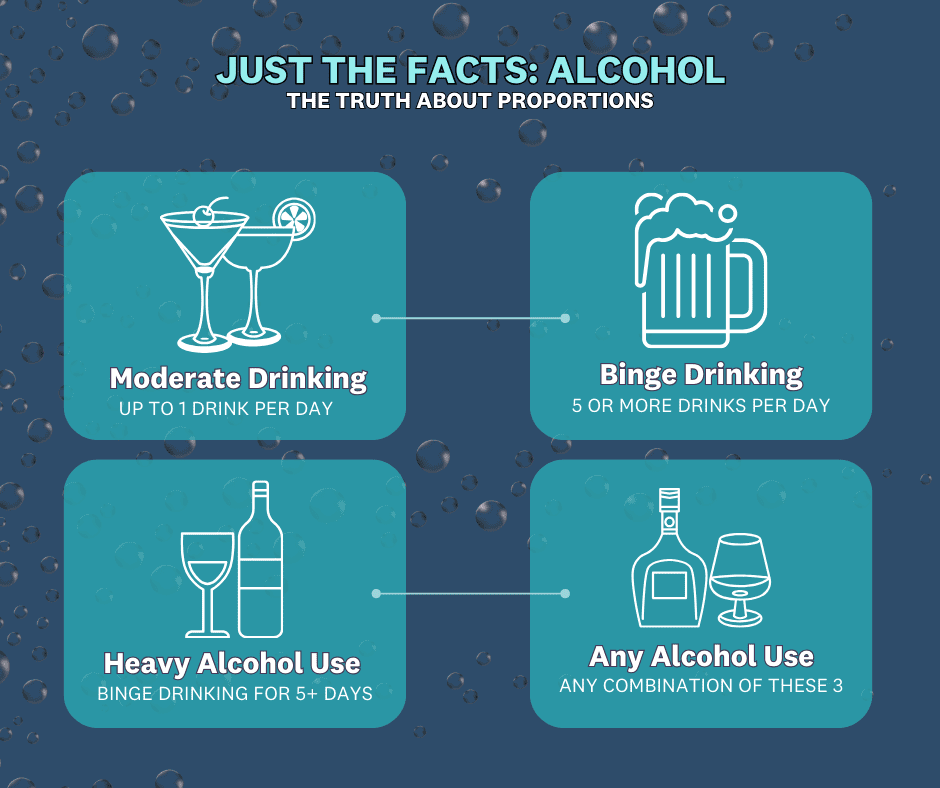
AND NOW FOR SOME MATH!
Are thinking right now that you are a moderate drinker, because you are only drinking once a day out of your favorite red party cup? Wrong. That favorite party cup holds 18 ounces — that’s easily 1.5 drinks before topping it off.
A standard drink is one that contains about 14 grams of pure alcohol, which is found in:
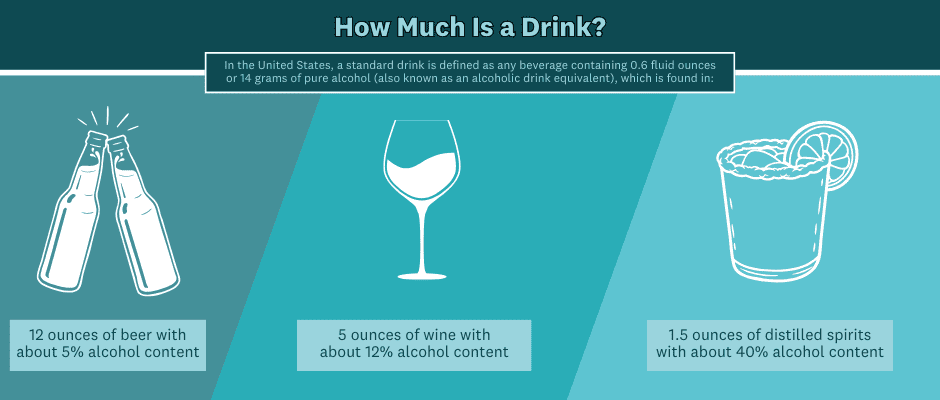
Beer
- 12 oz. bottle or can of beer (~5% alcohol) = 1 drink
- 18 oz. party cup of beer = about 1.5 drink
Wine
- 5 oz. of wine (~12% alcohol) = 1 drink
- 25 oz. of wine (~1 bottle) = 5 drinks
Liquor/Hard Alcohol/Spirits
- 1.5 oz. “shot” of 80 proof liquor (40% alcohol) = 1 drink
- 25 oz. “fifth” of 80 proof distilled spirits or liquor = about 17 drinks
And, since you probably aren’t measuring what you pour: studies show that when most people serve their own drinks, they often over-pour compared to the standard drink pour.
DRINKING MYTHBUSTERS!
How many of these “cures” can help you while drinking or after? None.
Coffee/Caffeine: It may make you feel alert or “awake”, but you are not sober. Unless you have your own personal breathalyzer, there’s no way to know your blood alcohol level.
Hydrating: Water is good for just about everything, but won’t help you sober up.
Food: Food will not “absorb” the alcohol after you’ve been drinking. In some cases, eating beforehand may slow the absorption rate — but it will not keep you from getting drunk.
Cold Showers: Yes, this will feel awesome and you’ll definitely smell better but, again, you won’t be sober.
Other things that don’t work: induced vomiting, fresh air, charcoal, drinking milk, eating slices of bread, taking a sauna, or exercising to work up a sweat.
SIGNS OF ALCOHOL POISONING
You may already know what drunk looks like or feels like, but believe it or not, you could save a life if you learn the signs of alcohol poisoning. It’s a potentially deadly condition, and that’s why it’s sometimes called an “alcohol overdose.”
Alcohol poisoning happens when alcohol in the bloodstream reaches dangerously high levels. The easiest way to remember the danger signs is the acronym C.U.P.S.:
C: Clammy or blue skin.
U: Unconsciousness or inability to be roused. You can try this method: stimulate him or her with pain by rubbing your knuckles into the sternum (the place in the middle of your chest where your ribs meet), or rubbing your knuckles on their upper lip.
P: Puking uncontrollably.
S: Slow or irregular breathing.
*Other signs include: Shallow, slow, or irregular breathing, passed out, won’t wake up, or unresponsive.
If they don’t respond, call 9-1-1. While you wait:
- If they are able to sit up, try to keep them there.
- If they are lying down, or passed out — gently turn them onto their side so they don’t choke.
- Do not leave them alone at any time.
- Be prepared to do CPR. If you don’t know how, emergency operators can walk you through it.
- Don’t assume they can sleep it off or walk it off.
If you want to know more, we recommend:
Rethinking Drinking: https://www.rethinkingdrinking.niaaa.nih.gov/
Alcohol’s Effect on Your Health: https://www.niaaa.nih.gov/
Energy Drinks & Alcohol: https://www.cdc.gov/alcohol/fact-sheets/caffeine-and-alcohol.htm
References
-
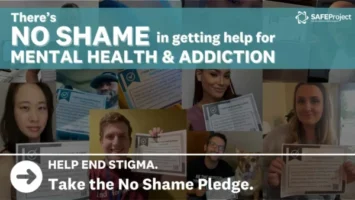 Page
PageJoin the No Shame Movement
Join our national movement to combat stigma, because there’s No Shame in getting help for mental health and addiction. -
 Resource
ResourceJust the Facts: Know The Signs
There are often clues, or signs, that indicate a friend, parent, or family member needs help for addiction. -

-
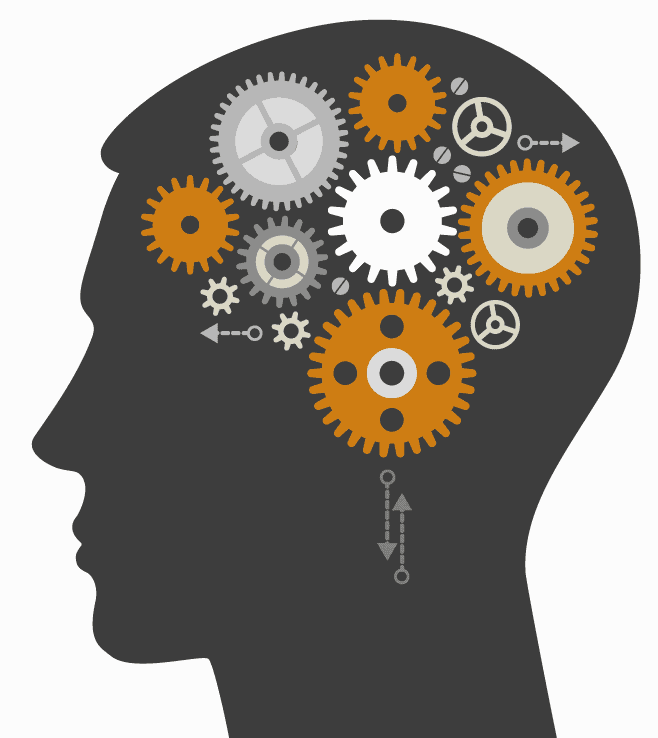 Resource
ResourceJust the Facts: Addiction & The Brain
Learn the facts about addiction and how it changes both brain structure and brain function. -
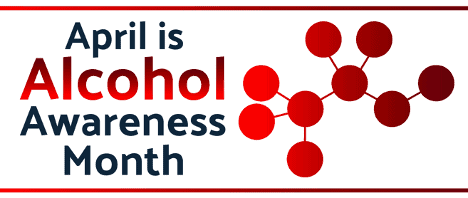 News
NewsAlcohol Awareness Month: Coping During the COVID-19 Pandemic
Learn about alcohol use disorder, the dangers of using alcohol as a coping mechanism, and more. -
 Resource
ResourceListen Up! Podcasts on Addiction, Treatment, and Recovery
Some great podcasts to learn more about addiction, treatment, and recovery.

